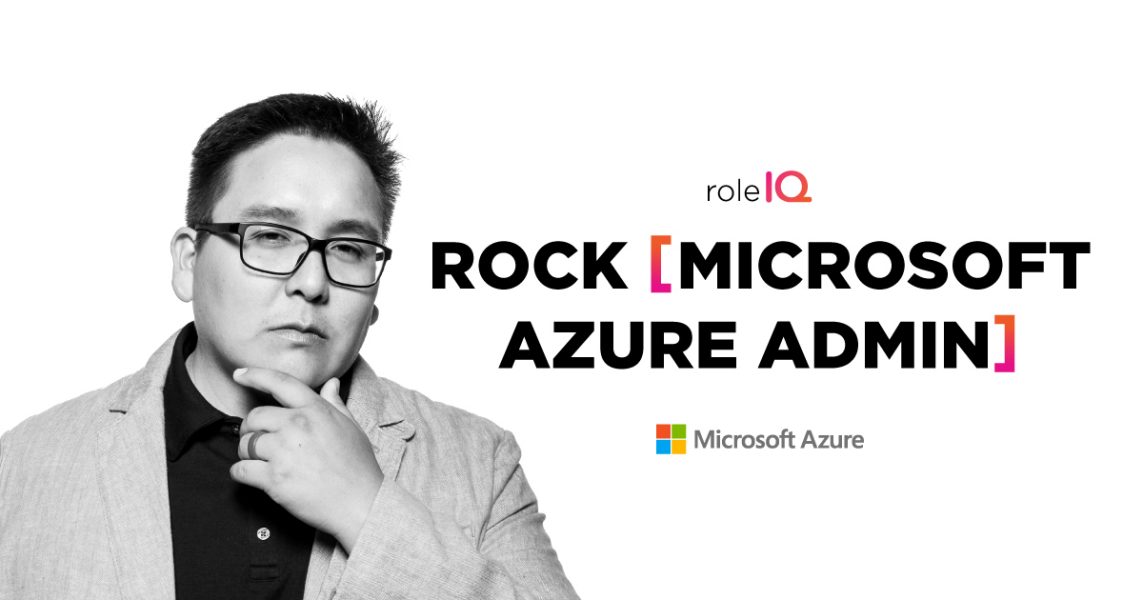Author: Tim Warner
Across every industry, companies big and small need more efficient, flexible storage solutions, faster ways of gathering data and making analysis, and tools and processes that enable them to deliver products their customers love at a faster clip. They need staff proficient in the collection of skills that make (or break) companies these days: cloud, machine learning and artificial intelligence, for example.
The fast pace of change coupled with the impact that emerging technology can have on an organization has made now a better time than ever to step into an in-demand role like Microsoft Azure Administrator.
Let’s explore the core skill set you’ll want to zero in on while skilling up for success in this role.
Defining the role
According to Microsoft, Azure Administrators “implement, monitor, and maintain Microsoft Azure solutions, including major services related to compute, storage, network, and security.”
Those four major services define the fundamental building blocks of not only the Microsoft Azure public cloud, but any public cloud, including Amazon Web Services, Google Cloud Platform, and others.
Cloud computing fundamentals
If you have industry experience as an on-premises systems Administrator, you may be subject to the mistaken notion that cloud administration is the same job role. It’s not! Consider the National Institute of Standards and Technology’s (NIST’s) official definition of cloud computing, for instance. According to NIST, cloud computing comprises five essential characteristics:
On-demand self-service: Through role-based access control you can give Administrators, developers, architects, data analysts and other team members only the privilege level to cloud resources they require to do their job, and no more. We call this mechanism least-privilege authorization.
Broad network access: The cloud uses software-defined networking (SDN) to shape traffic flow. Although the cloud uses Transmission Control Protocol/Internet Protocol (TCP/IP) just like on-prem does, the implementation can be very different in the cloud. Cloud is a different paradigm!
Resource pooling: The cloud offers you essentially limitless compute, network and storage. If your cloud-based virtual machines (VMs) aren’t performant enough, resize them!
Rapid elasticity: Cloud computing makes it easy to scale out compute resources to meet user demand dynamically. For instance, if your public website experiences a traffic spike, your web front-end farm can scale from, say, two to four instances by itself, and scale back to its original configuration once the user traffic settles down. Try to do that in your local data center!
Measured service: With cloud computing, you pay only for the resources you use. We call this an operational expenditure (OpEx) model, and is diametrically opposite to the capital expenditure (CapEx) model you use in on-premises data centers.
It’s crucial you skill up on cloud computing before you dive into the Microsoft Azure cloud. Then you can move on to the four essentials: compute, storage, network and security.
1. Compute
The Azure Administrator is most often identified with infrastructure-as-a-service (IaaS), which normally boils down to running virtual machines (VMs) in the cloud. To that point, to be a successful Azure Administrator you should have familiarity with either or both of the industry leading hypervisor platforms:
Some VM-related administrative tasks include:
- Deploying VMs into virtual networks
- Configuring VM for optimum cost, performance, and security
- Backing up VMs and potentially providing failover recovery
Containers represent a newer way to virtualize services, and Docker is extremely well-represented in Azure. To better support the developers in your work life, understand how to deploy, manage and monitor both standalone containers and containers managed by an orchestrator like Kubernetes.
2. Storage
Azure provides Administrators with essentially limitless storage. You need space to store VM virtual hard disks (VHDs), database files, application data, and potentially user data.
In keeping with cloud computing’s shared responsibility model, Microsoft gives you the tools, but it’s your responsibility as an Azure Administrator to make use of them. Core tasks include:
- Securing data against unauthorized access
- Backing up data and making it efficient to restore when needed
- Configuring long-term archival storage to maintain corporate compliance
3. Network
Transmission Control Protocol/Internet Protocol (TCP/IP) internetworking represents a heavy lift for many IT professionals because the concept is so broad and deep. This complexity ramps up in Azure because you will never, ever see the hardware behind the Azure networking stack.
To succeed as an Azure Administrator, you need to understand required networking tasks like:
- Deploying and configuring virtual networks
- Orchestrating routing paths, especially in a hybrid cloud
- Managing public and private IP addresses for your VMs and selected other Azure resources
4. Security
The security stakes are high in the Azure public cloud because your business stores its proprietary data on someone else’s infrastructure. The shared responsibility model in cloud computing means the onus is on you as an Azure Administrator to make use of Microsoft’s manifold security controls. Some representative skills you’ll need include:
- Encrypting data in transit, at rest, and in use
- Protecting Azure Active Directory accounts against compromise
- Reducing the attack surface of all your Azure resources
Supersize your Azure Administrator powers
Go the extra mile and add JavaScript Object Notation (JSON) and PowerShell to your core skill set. Azure records every deployment in JSON format, so sooner or later in your life as an Azure Administrator, you’ll run into it. Coupling JSON with Azure PowerShell “supersizes” your Azure Administrator powers because you can literally deploy, configure, or troubleshoot any size Azure deployment by combining Azure PowerShell with Azure Resource Manager (ARM) JSON templates. See how your Microsoft Azure Administrator skills stack up.
